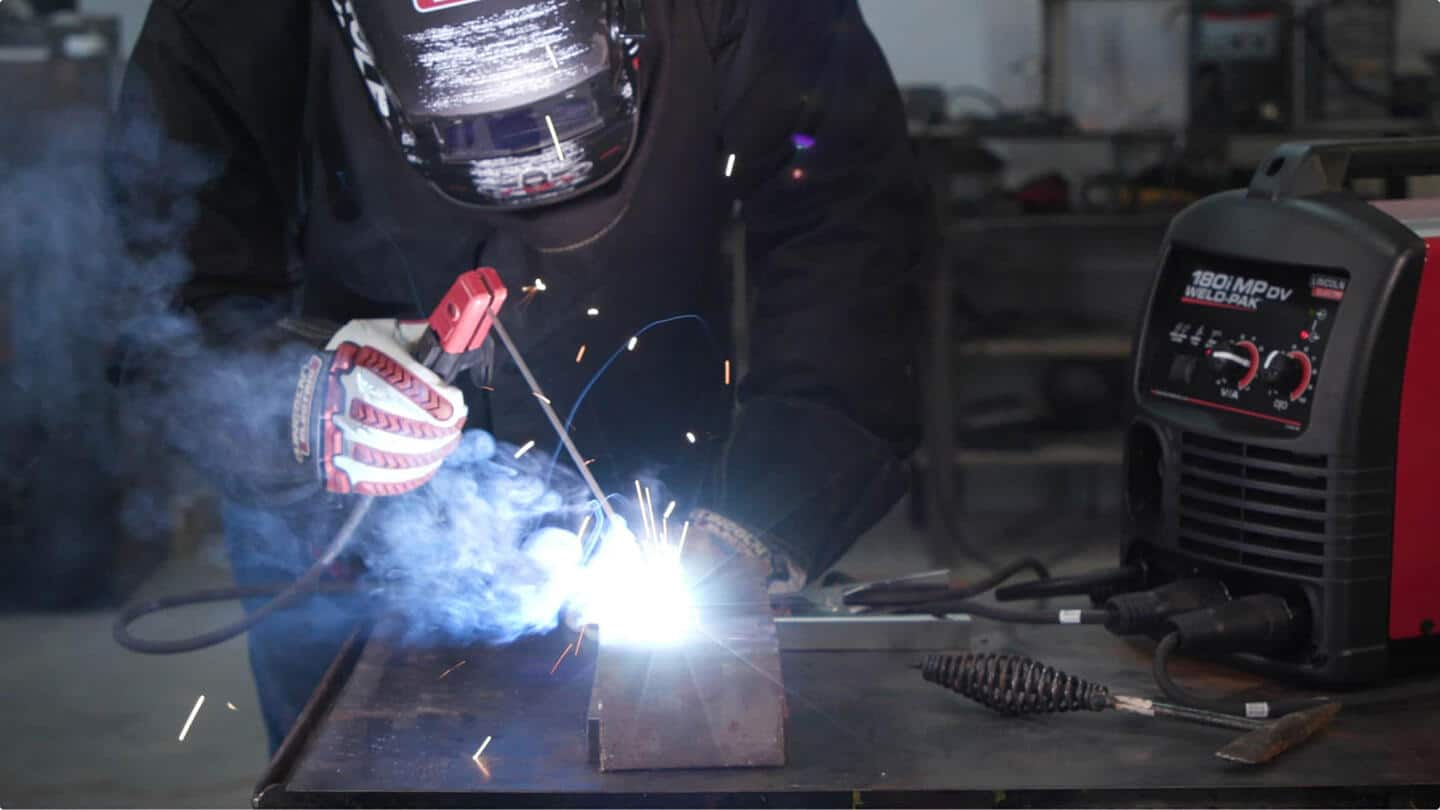Welding WPS Explained: Key Components and Conveniences for Your Welding Procedures
Welding WPS Explained: Key Components and Conveniences for Your Welding Procedures
Blog Article
Achieving Welding Excellence: Revealing the Tricks of WPS Execution and Optimization
In the realm of welding, attaining excellence is a pursuit that depends upon the careful application and optimization of Welding Treatment Requirements (WPS) These fundamental records work as the backbone of welding procedures, determining the criteria and treatments needed for producing premium welds consistently. However, the keys to opening the full potential of WPS lie not only in understanding its value yet additionally in grasping the ins and outs of its implementation and optimization. By diving right into the vital aspects, techniques, challenges, and ideal practices related to WPS, a globe of welding quality waits for those who agree to discover its depths.
Relevance of WPS in Welding
The Relevance of Welding Treatment Specs (WPS) in the welding market can not be overstated, working as the foundation for guaranteeing consistency, top quality, and security in welding operations. A WPS offers comprehensive directions on exactly how welding is to be performed, including necessary variables such as products, welding processes, joint style, filler steels, interpass and preheat temperature levels, welding currents, voltages, travel rates, and much more. By adhering to a distinct WPS, welders can keep harmony in their job, leading to consistent weld high quality across various tasks.

Key Elements of WPS
Going over the indispensable parts of a welding procedure specification (WPS) is crucial for understanding its duty in welding operations. One vital element of a WPS is the welding process specification, which outlines the certain welding processes to be made use of, such as gas tungsten arc welding (GTAW) or protected metal arc welding (SMAW) By incorporating these vital elements right into the WPS, welding treatments can be standardized, making sure high quality, efficiency, and safety and security in welding operations.
Strategies for WPS Optimization

Second of all, training and certification of welding personnel according to the certain requirements of the WPS is vital. Giving thorough training programs and making sure that welders are certified to carry out treatments laid out in the WPS can lead to better welds and minimized rework.
Furthermore, leveraging modern technology such as welding software application and surveillance systems can aid in enhancing WPS. These devices can help in monitoring variables, ensuring specifications are within specified limits, and giving real-time responses to welders, enabling them to make immediate changes for boosted weld quality.
Common Obstacles and Solutions
Dealing with barriers in carrying out the techniques for go WPS optimization can prevent welding procedures' effectiveness and high quality. One typical challenge is inadequate training or understanding of the welding procedure specs (WPS) among the welding group.
One more challenge is the lack of correct documents and record-keeping, which is essential for WPS optimization. Without clear documents of welding specifications, products used, and inspection outcomes, it becomes tough to determine locations for improvement and ensure consistency in welding processes. Carrying out a robust paperwork system, such as digital welding administration software, can assist enhance record-keeping and help with information analysis for constant enhancement.
In addition, inconsistent welding devices calibration and maintenance can present a considerable challenge to WPS optimization. Regular tools checks, calibration, and upkeep routines ought to be followed strictly to guarantee that welding parameters are precisely regulated and kept within the defined resistances (welding WPS). By attending to these usual obstacles with positive options, welding procedures can improve performance, quality, and total welding excellence
Finest Practices for WPS Application
To ensure effective WPS application in welding procedures, adherence to sector criteria and thorough interest to information are extremely important. When initiating WPS application, it is important to begin by completely recognizing the particular welding demands of the project. This involves a detailed review of the welding procedure specs, materials to be welded, and the environmental conditions in which the welding will happen.
When the demands are clear, the following step is to choose the appropriate welding treatment that lines up with these requirements. This entails seeking advice from the pertinent codes and standards, such as those supplied by the American Welding Society (AWS) or the International Company for Standardization (ISO), to make certain compliance and top quality.
Additionally, documenting the entire WPS application process is vital for traceability and top quality control. Detailed records ought to be kept concerning welding criteria, product preparation, interpass and preheat temperature levels, welding consumables used, and any kind of deviations from the initial procedure. Routine audits and evaluations of the WPS can assist recognize locations for improvement and guarantee ongoing optimization of the welding process.


Final Thought
To conclude, the implementation and optimization of Welding Procedure Specifications (WPS) is important for attaining welding excellence. By recognizing the key elements of WPS, applying reliable strategies for optimization, addressing usual difficulties, and adhering to finest techniques, welders can guarantee premium welds and safe Learn More Here working problems. It is imperative for experts in the welding market to focus on the proper execution of WPS to improve total welding efficiency and accomplish preferred results.
The Relevance of Welding Treatment Specifications (WPS) published here in the welding market can not be overemphasized, serving as the backbone for ensuring consistency, top quality, and safety in welding operations. A WPS supplies comprehensive instructions on how welding is to be brought out, consisting of crucial variables such as products, welding procedures, joint style, filler metals, interpass and preheat temperatures, welding currents, voltages, traveling speeds, and a lot more. One essential facet of a WPS is the welding procedure requirements, which describes the certain welding processes to be utilized, such as gas tungsten arc welding (GTAW) or secured metal arc welding (SMAW) By incorporating these vital aspects into the WPS, welding procedures can be standardized, making certain quality, performance, and safety in welding operations.
It is imperative for professionals in the welding industry to focus on the correct application of WPS to boost overall welding efficiency and accomplish preferred end results.
Report this page